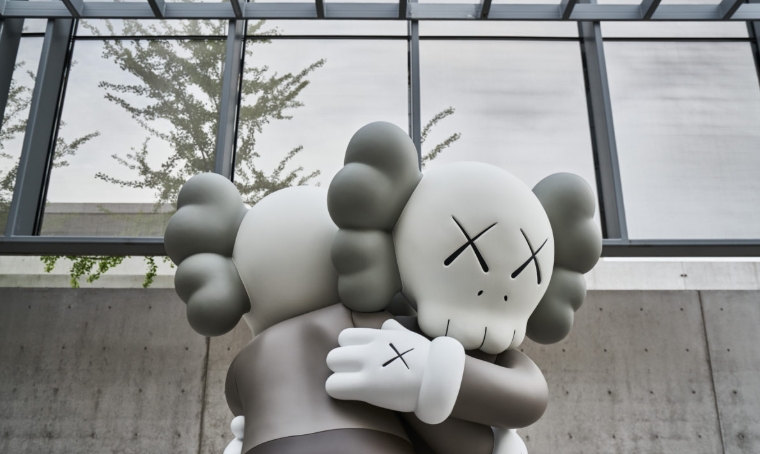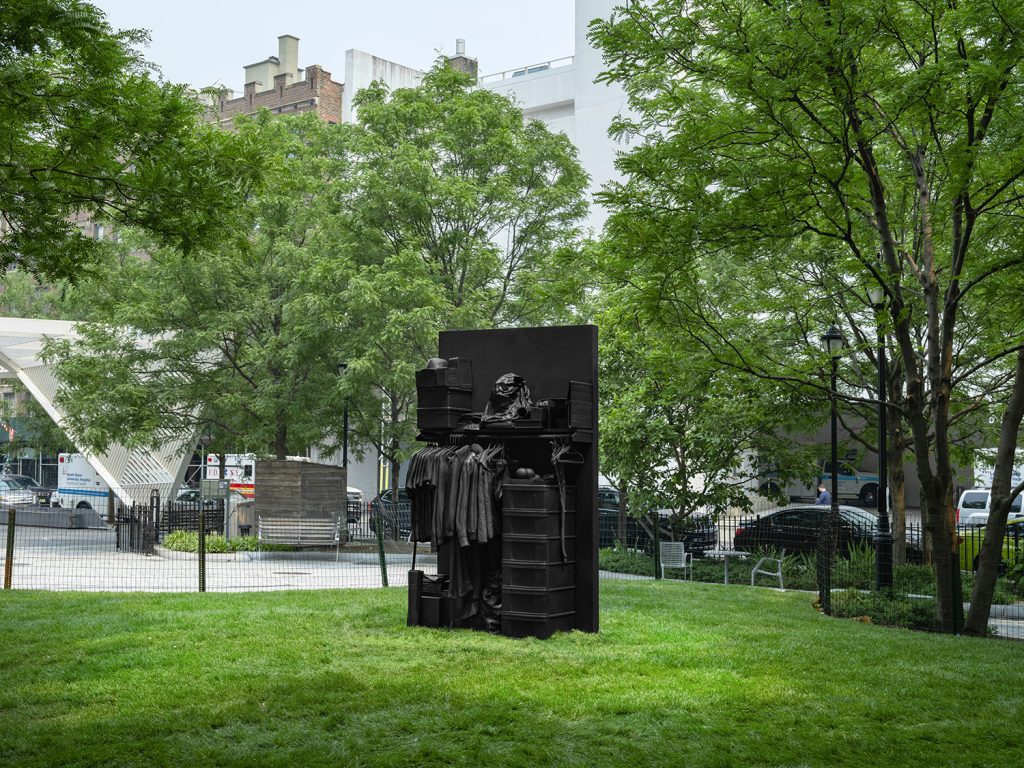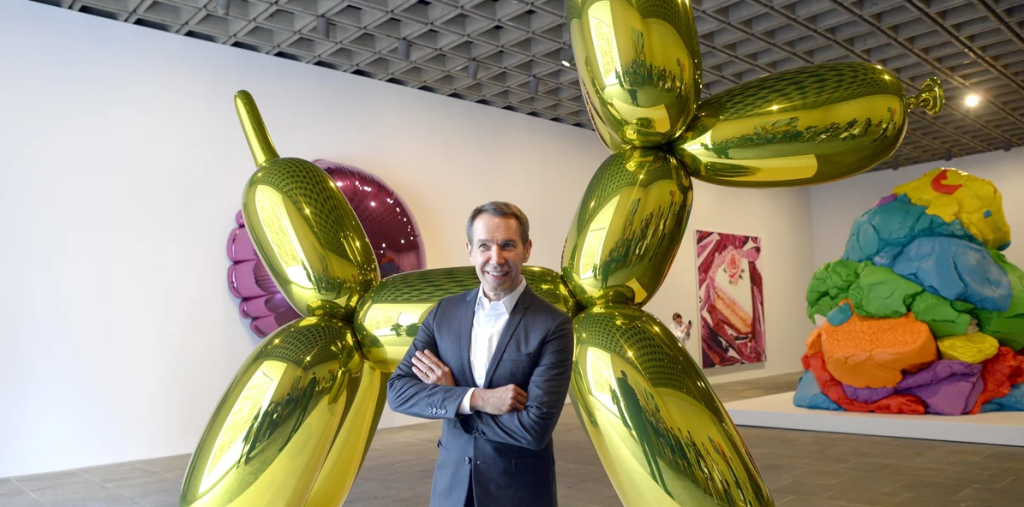KAWS, as an iconic figure in the field of contemporary art, has occupied a place in the global art world with his unique artistic style and extensive cross-border cooperation. At first, KAWS began his artistic career through street graffiti, and gradually extended his creations to sculpture, installation art, and even fashion. One of his representative works, KAWS Statue, has become the focus of contemporary art lovers and collectors.
KAWS’s artistic style is deeply influenced by pop culture and street art. He cleverly incorporates these elements into his creations, making his works both visually impactful and able to evoke emotional resonance among the audience. The KAWS Statue series, especially his iconic sculptures “Companion” and “BFF”, combine the image of cartoon characters with the expression of abstract art to create an artistic language that is both friendly and profound. The characteristics of these sculptures include large and simple shapes, sharp color contrasts, and highly symbolic “X” eyes, which give these characters unique vitality and emotional tension.
KAWS’s creations are not limited to canvas or sculptures. He brings art into more diverse spaces and occasions by constantly expanding his creative media. For example, KAWS Statue not only appears in galleries and museums, but also frequently appears in urban public spaces, becoming a symbol of the combination of street culture and modern art. This art form breaks the boundaries of traditional art, breaks the barriers between art and popular culture, and allows more people to access contemporary art in different ways.
In general, KAWS’s modern art creation is not only an artistic expression of personal emotions and social phenomena, but also a way to explore contemporary culture and artistic cognition. Through the KAWS Statue series of works, he combines his personal artistic perspective with universal cultural symbols, showing the world how to break boundaries through art and connect the past and the future, tradition and modernity.


